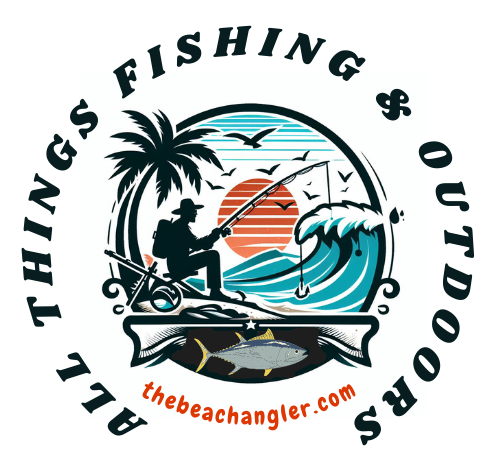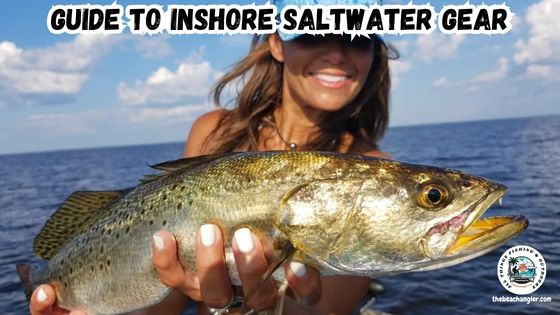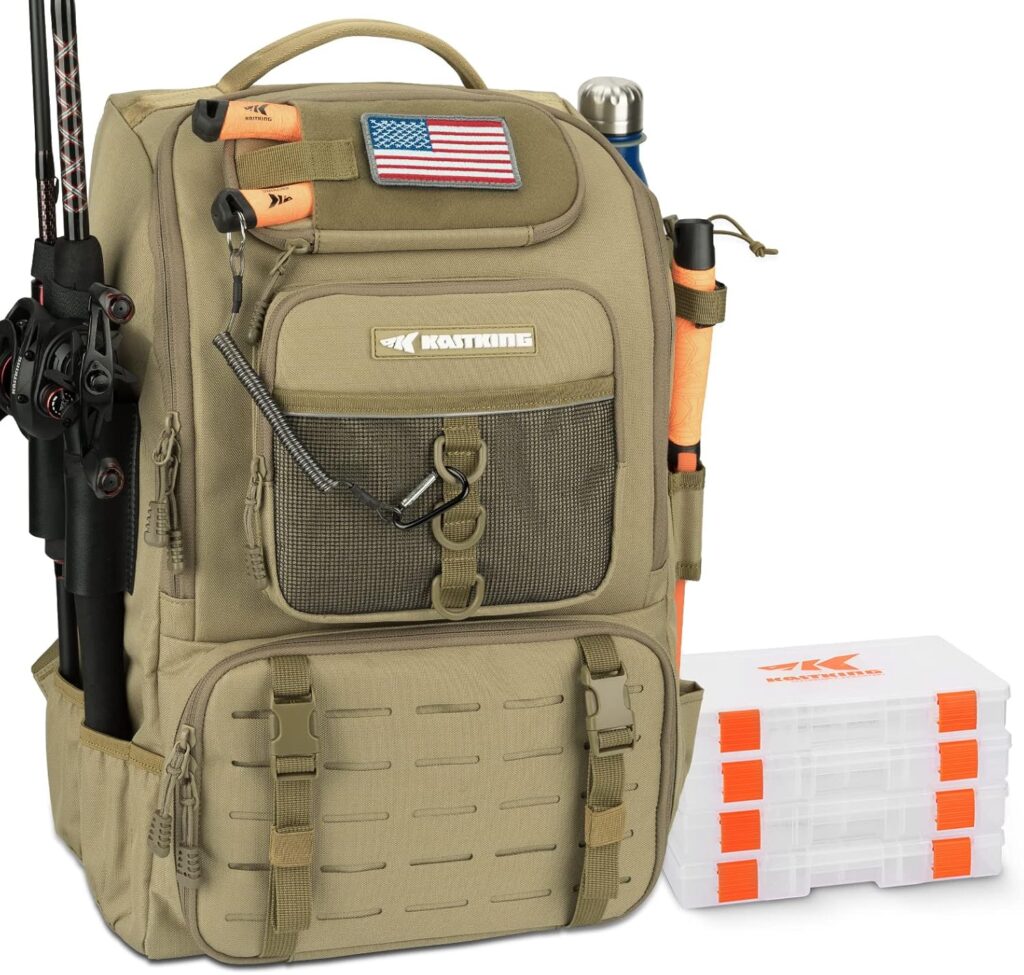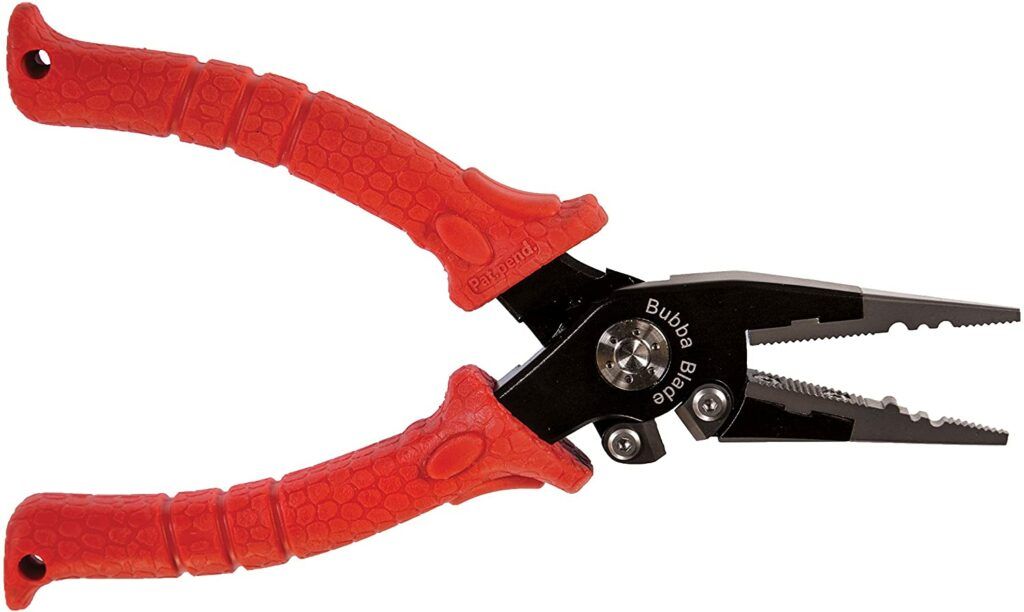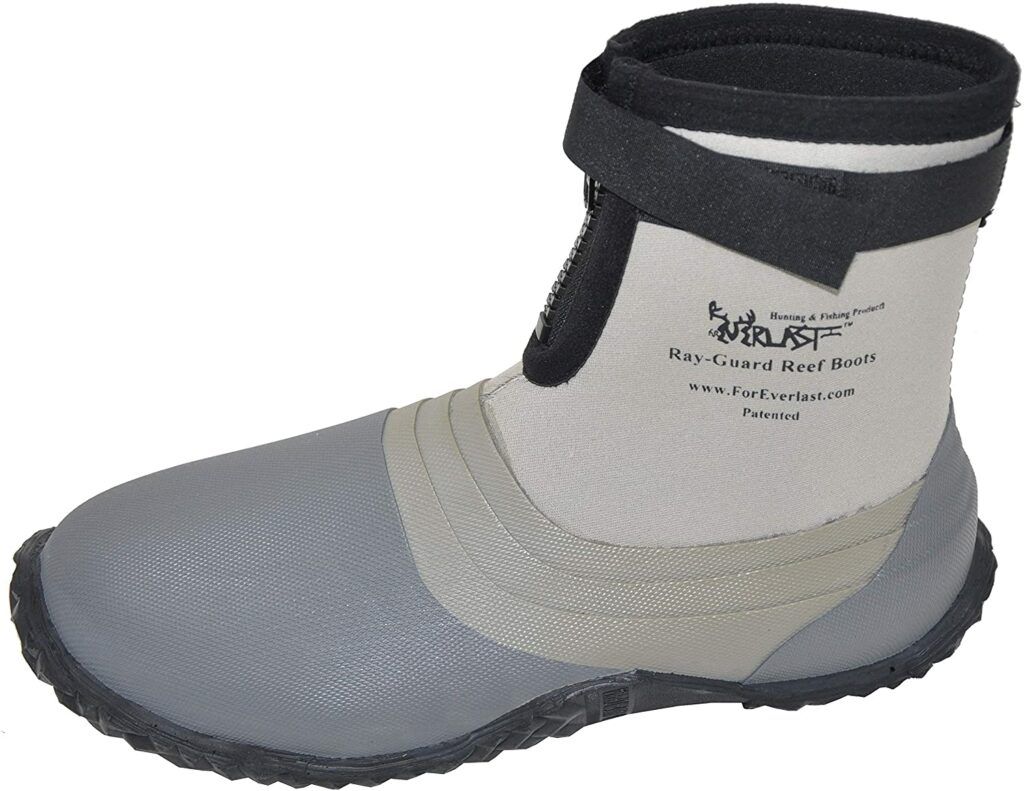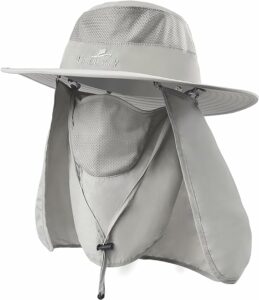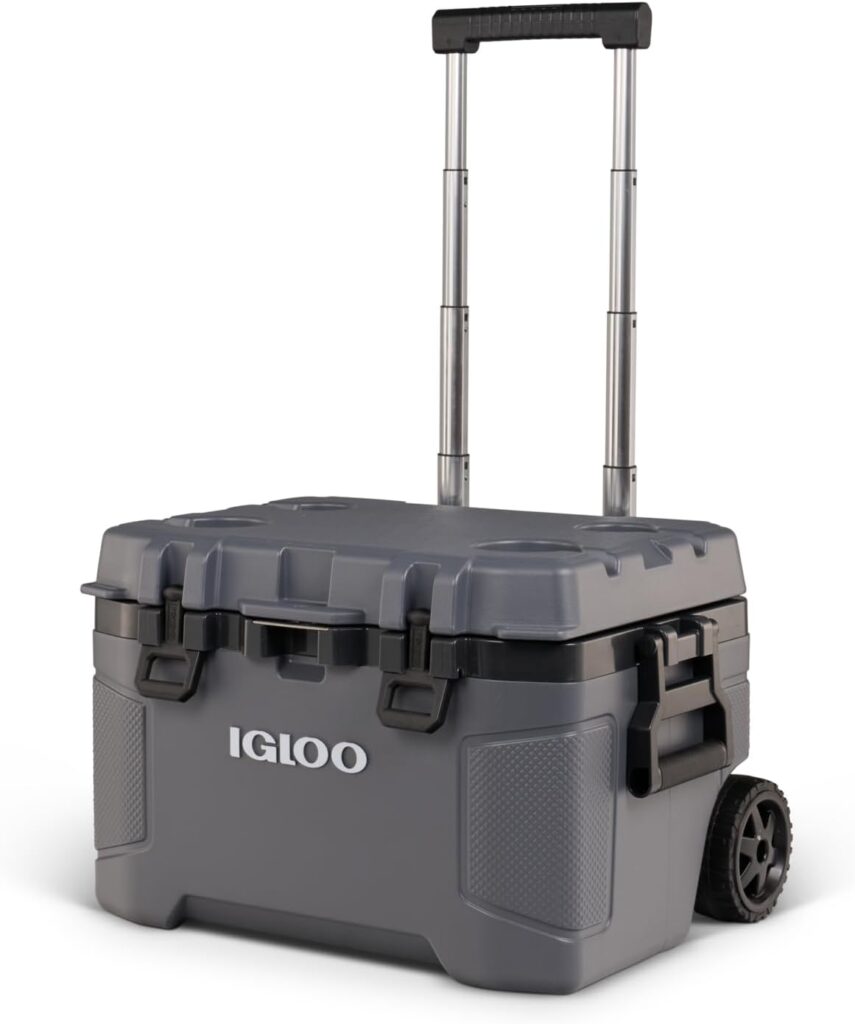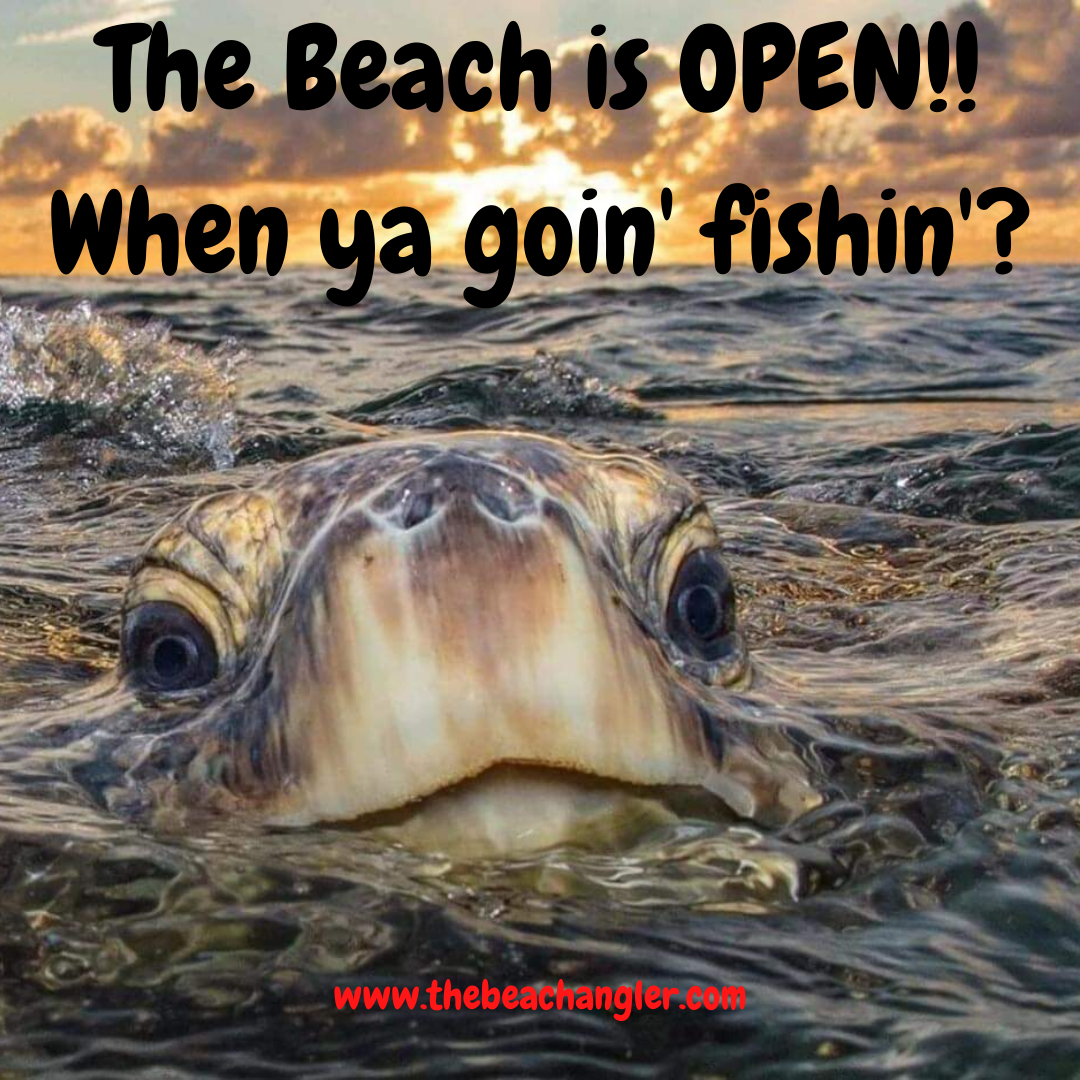Inshore saltwater fishing for the first time brings its own set of challenges and rewards. Fishing along shores, piers, and estuaries means adapting to changing tides and targeting a wide variety of species.
QUICK LOOK: Essential Inshore Saltwater Fishing Gear
- Fishing Rod: Look for a 6 or 7-foot rod with medium action. This length and style are easy to handle, give good casting distance, and cover a range of fish sizes.
- Reel: For beginners, a spinning reel or spincast reel is simpler than baitcasting models. Spinning reels in the 3000 to 4000 size range match nicely with medium-action rods.
- Line: I’d go with a 10 to 15 lb braided main line. Use a 15 to 20 lb fluorocarbon leader to help in clear water and protect against sharp fish mouths.
- Hooks: Grab a variety pack, since you might need different sizes for various bait and target species. Circle hooks in 1/0 to 3/0 sizes usually hit the mark.
- Bait or Lures: Rotate between soft plastic baits, simple jigs, topwater plugs, and live or frozen shrimp. These options let you handle bottom feeders and fast-moving surface fish alike.
- Tackle Box: A sturdy tackle box keeps your terminal tackle (hooks, sinkers, swivels) and tools organized. It saves time and reduces frustration by keeping gear neat.
- Sinkers: Egg sinkers or split shot weights help your bait or lure hit the right depth, especially in current or when fish are lurking low.
- Snap Swivels: These let you change lures quickly and help stop line twist.
- Multitool or Pliers: A multitool is a lifesaver for cutting line, removing hooks, and making any quick fixes on the water.
When I first started inshore saltwater fishing, I realized that having the right basic gear made my experience far more enjoyable and less frustrating. Here, I’m sharing a straightforward breakdown of the gear and knowledge you need to get rolling, without getting tangled up in complicated setups or expensive equipment.
Essential Gear for Beginner Inshore Saltwater Fishing
Getting started with inshore saltwater fishing requires only a few key pieces of equipment. Knowing what each item does helps you make smart choices and steers you away from unnecessary spending.
Inshore saltwater fishing focuses on getting after fish close to land, like redfish, snook, trout, or flounder. These species don’t need large boats or heavy-duty offshore setups. Here’s what you should track down before heading out:
- Fishing Rod: Look for a 6 or 7-foot rod with medium action. This length and style are easy to handle, give good casting distance, and cover a range of fish sizes.
- Reel: For beginners, a spinning reel or spincast reel is simpler than baitcasting models. Spinning reels in the 3000 to 4000 size range match nicely with medium-action rods.
- Line: I’d go with a 10 to 15 lb braided main line. Use a 15 to 20 lb fluorocarbon leader to help in clear water and protect against sharp fish mouths.
- Hooks: Grab a variety pack, since you might need different sizes for various bait and target species. Circle hooks in 1/0 to 3/0 sizes usually hit the mark.
- Bait or Lures: Rotate between soft plastic baits, simple jigs, topwater plugs, and live or frozen shrimp. These options let you handle bottom feeders and fast-moving surface fish alike.
- Tackle Box: A sturdy tackle box keeps your terminal tackle (hooks, sinkers, swivels) and tools organized. It saves time and reduces frustration by keeping gear neat.
- Sinkers: Egg sinkers or split shot weights help your bait or lure hit the right depth, especially in current or when fish are lurking low.
- Snap Swivels: These let you change lures quickly and help stop line twist.
- Multitool or Pliers: A multitool is a lifesaver for cutting line, removing hooks, and making any quick fixes on the water.
This basic kit will cover most situations you’ll run into inshore. With time on the water, you’ll figure out which styles and sizes are best for your favorite fishing spots.
Getting Started with Inshore Saltwater Fishing Techniques
The first few trips can be overwhelming as you figure out how to use all the gear. I suggest practicing casting and knot tying at home so you hit the water ready. Start in a quiet area with less current and lots of open space—maybe a sandy beach, public pier, or a coastal marsh. Here are a few beginner-friendly techniques to get you started:
- Float Fishing: A bobber, hook, and shrimp bait make it easy to spot bites on the surface or just off the bottom. Simple and super effective.
- Bottom Fishing: Put a sinker and leader below your main line to get your bait right on the bottom—perfect for flounder or drum that hug the floor.
- Simple Jigging: Cast a soft plastic jig, let it sink, then use a steady up-and-down motion to mimic a wounded baitfish. Many inshore favorites go wild for this move.
- Topwater Popping: Early mornings or evenings are ideal for tossing topwater plugs. Twitching the lure along the surface can spark explosive strikes from aggressive fish.
Trying each technique helps you learn how different species react to movement and bait. Over time, you’ll pick up patterns in the kinds of structure, tides, and weather that bring more bites.
Extra Gear and Prep for Comfort and Success
While you only need a few essentials to get started, a couple of extras can step up your inshore experience. Planning ahead can mean the difference between a tough day and a good time. My extra prep list looks like this:
- Fishing License: Almost every state requires you to get a saltwater license for shore fishing. Check your state’s website for the latest rules.
- Appropriate Clothing: Quick-drying shirts, nonslip shoes, and a light rain jacket are practical picks.
- Sunscreen, Hat, Sunglasses: Protect yourself from harsh UV rays and glare, which can be intense near open water.
- Tide Charts: Knowing the local tide swings will help you figure out the best time to fish and which areas are reachable. Free apps or old-school charts both work great.
- First Aid Kit: A small kit with bandages, antiseptic, and tweezers covers common scrapes and cuts.
- Drinking Water and Snacks: Hydration helps you stay alert and keeps the energy flowing during long sessions.
Overcoming Common Beginner Challenges
Every newbie stumbles at first. Most mistakes are about line tangles, missed bites, or picking the wrong gear for the fish. I learned the hard way when I stubbornly used heavy tackle for tiny sea trout—it led to missed bites and plenty of frustration. Here’s how I handle frequent headaches:
- Line Tangles: Stick with shorter casts at first and make sure your line is even on the spool. Smooth, steady moves cut down on tangles.
- No Bites: Try switching baits, moving spots, or changing your retrieve speed. Sometimes a small tweak is all it takes.
- Gear Corrosion: Rinse everything with fresh water after each trip and dry it well, especially reels and pliers.
- Regulation Confusion: Check size and bag limits before your outing. Most agencies now have printable cards or apps for reference.
Caring for Your Gear
Saltwater is rough on equipment. Rinse everything well, wipe down metal, and re-tie knots before each outing. Store it all in a dry place, and swap out the line and hooks regularly to dodge rust and breakage.
Learning About Local Conditions
Pay close attention to things like water temperature, clarity, and what fish are moving during the season. Local fishing reports, online chats, or just talking to folks at the tackle shop can hand you good tips about what’s working, what bait is hot, and where the fish are lurking.
Stepping Up: What’s Next After the Basics?
Feeling comfortable casting and handling a few fish? Ready to stretch your skills? Here are some ways to take things up a notch as your confidence grows:
- Experiment with Lures: Mix in new styles, colors, and retrieval tricks. This keeps things fresh and helps target fish in different conditions.
- Learn More Knots: Knot know-how is key. The uni-to-uni for leaders or a loop knot for lures makes your setup stronger and more efficient.
- Join a Local Club or Fishing Group: Local clubs often offer meetups, group lessons, and camaraderie. It’s an easy way to swap stories and learn from experienced anglers.
- Organize Tackle for Speed: Use small, labeled boxes or bags for leaders, jigheads, and specialty lures. Quick changes matter during hot bite windows.
- Keep an Eye on Weather and Safety: Use weather apps to track radar, winds, and storms. Solid planning means safer and often more productive fishing sessions.
Frequently Asked Questions About Inshore Saltwater Fishing Gear
I get a lot of repeat questions from friends and newcomers. Here are clear answers to the most common ones:
What’s the best rod and reel for inshore beginners?
A 6 to 7-foot medium action rod paired with a 3000 to 4000-size spinning reel nails the basics. It’s flexible enough for multiple species and forgiving for newbies learning different skills.
Can I use freshwater gear for saltwater fishing?
You can, but saltwater is brutal on gear. Always rinse with fresh water after every trip. Down the road, you’ll probably want to invest in saltwater-tough gear to avoid corrosion and snap-offs.
Do I really need a leader for inshore fishing?
Absolutely. Fluorocarbon leaders mean better bite rates in clear water and more protection from rough mouths and sharp teeth common in saltwater fish.
How do I pick the right bait or lure?
Watch what experienced anglers use, ask at local tackle shops, or go with reliable basics like shrimp and soft plastics. Matching the natural food in your waters almost always pays off.
Final Thoughts on Inshore Fishing Gear
If you’re new to inshore saltwater fishing, don’t overthink it—getting started is all about learning by doing. Focus on a few key pieces of gear, practice the basics, and keep each outing simple. Soon, you’ll settle into your own style and start having real success out on the water.
As always, stay safe, enjoy the journey, and please try to leave it cleaner than you found it. If you have any comments, questions, ideas, or suggestions, please leave them in the comment section below, and I’ll get back to you ASAP. You can follow us on Facebook: Rex The Beach Angler, Instagram: thebeachangler7, Twitter: @AnglerBeach, and YouTube: Man Art Creations.
Check Out Our Most Recent Articles:
- 6 Tips to Using Slider Rigs For Surf Fishing
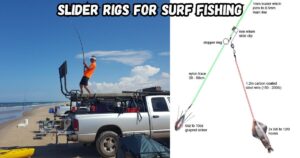
- Daiwa Seaborg Electric Reels
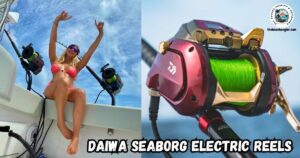
- 9 Winter Surf Fishing Tips For Stripers

- KastKing Sharky Baitfeeder III Spinning Reel
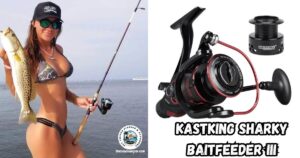
- Are Drones Legal For Fishing?
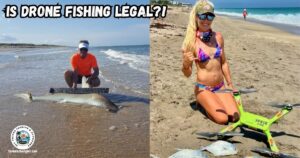
- Piscifun Atlantix Electric Reels
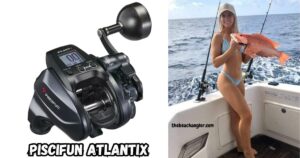
P.S. Thanks so much for checking out our blog; we really appreciate it. Just so you know, we may receive a commission if you click on some of the links that appear on our site. This helps us keep our content free and up-to-date for everyone. We appreciate your support!
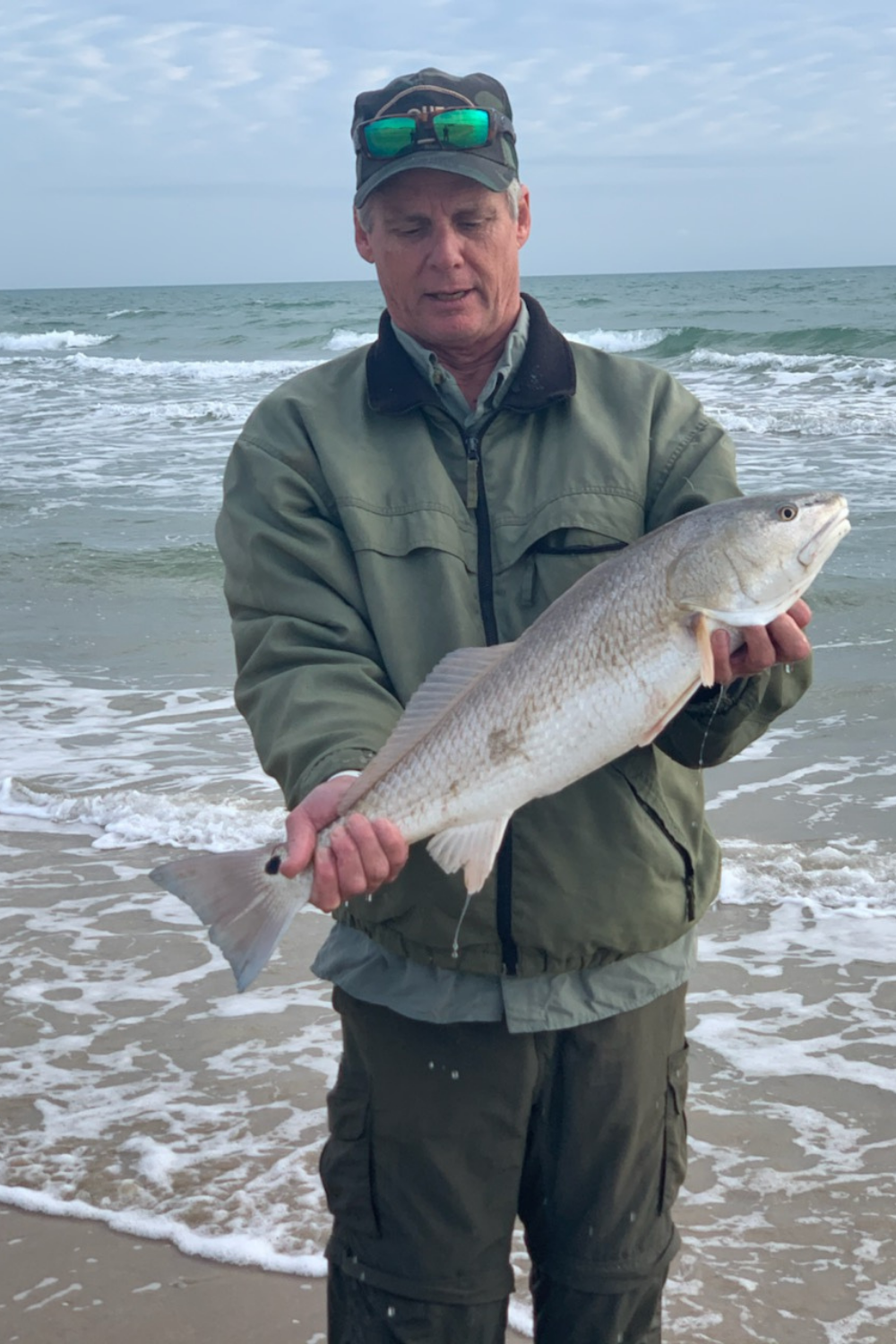
A life long surf fisherman with 50+ years of experience, I am also an avid hunter and outdoorsman. I will be sharing my passion for the outdoors with you so be prepared for hunting, fishing, camping, hiking and more. Along with gear reviews and the latest trends and innovations in the outdoor industry.
